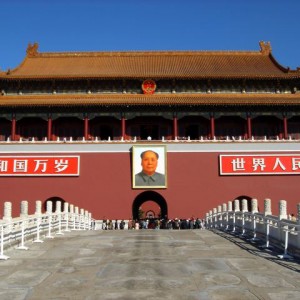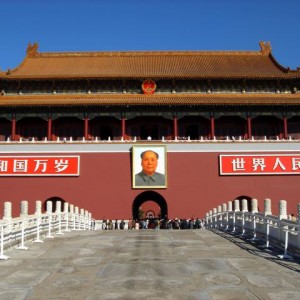 Initiated in 1985 against the backdrop of a widening gap between transport demand and supply, Beijing’s integrated road transport system development program was directed at “substituting [for] private travel”. In doing so, it adopted a two-pronged strategy: (i) building mass transit and (ii) creating disincentives to car use. Intra-city public transport and rail transport were the chosen modal strategies for reducing car use, whereas, among other incentive measures, increased parking fees were imposed, especially in eight central areas of the city.
Initiated in 1985 against the backdrop of a widening gap between transport demand and supply, Beijing’s integrated road transport system development program was directed at “substituting [for] private travel”. In doing so, it adopted a two-pronged strategy: (i) building mass transit and (ii) creating disincentives to car use. Intra-city public transport and rail transport were the chosen modal strategies for reducing car use, whereas, among other incentive measures, increased parking fees were imposed, especially in eight central areas of the city.
To build a new transport infrastructure, Beijing successfully increased financial resources by diversifying its sources of funding. Apart from funds appropriated by the central government and local governments, it drew on (i) domestic loans; (ii) foreign investment bonds; and (iii) revenue from the local market, earmarked taxes and fees based on the beneficiary-pay system.
Foreign enterprises and the private sector could invest in the transport infrastructure, which was formerly monopolized by the public sector. The city also reduced the financial burden of building a road infrastructure by requiring residential developers to improve the transport infrastructure in the vicinity of their developing areas.
To improve its transport infrastructure, Beijing depended on the following:
diversification of funding sources;
parking fees at a level to have an effect on automobile use;
making (private sector) housing developers build transport infrastructure in the neighborhoods of their respective projects.
Case study courtesy of the UNEP Publication, Reducing Emissions from Private Cars: Incentive measures for behavioural change.
